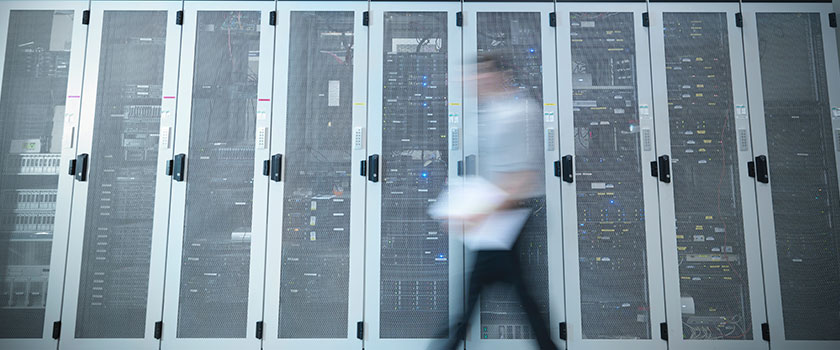The rise of artificial intelligence is redrawing the global electricity map
Nvidia and OpenAI are reportedly planning to build out data centres that will require a total of 10 gigawatts of electricity; this is the equivalent of ten nuclear reactors, which is enough to power a city the size of Berlin or Madrid. Such large-scale projects are set to multiply as governments offer tax incentives to companies investing in data infrastructure. Given the voracious power requirements involved, access to sufficient electricity has become a prerequisite for their success.
According to the International Energy Agency, global electricity demand is expected to grow by around 4.0% per year through 2027, compared with 2.3% in 2023, largely driven by the expansion of AI and cloud infrastructure. In developed economies, particularly in the United States, these hyperscale data centres will place mounting pressure on electricity grids. These centres’ energy consumption already accounts for nearly 3% of total demand and could exceed 8% by 2035 or even earlier, some analysts warn.
Unlike traditional facilities which consume between 1 and 5 megawatts, these digital hubs require over 100 MW each.
Coupled with this, their near-continuous energy draw running at close to full capacity around the clock clashes with electricity grids designed for daily demand cycles, which range from usage levels of roughly 30–40% at night to 70–90% during the daytime peaks between 7 a.m. and 6 p.m.
Electricity at the core of the AI expansion
Integrating these energy-intensive needs while maintaining grid stability poses a formidable technical and financial challenge for energy systems. The costs of adaptation are increasingly falling on new operators, as regulators seek to shield households from higher bills. Consumer bills have been rising, presenting a political challenge for the US government. In parts of the US, grids are already operating near their full capacities, making access to power a strategic priority for industry players.
To guarantee uninterrupted supply, technology giants are being pushed to pay hefty premiums to secure stable sources of energy, with nuclear power at the top of the list.
Mounting strains on power supply
The shortfall in generation capacity calls for a swift response on the supply side, as expanding production remains a significant hurdle: gas turbines currently have a five-year order backlog; solar installations can be completed within 18 months but remain subject to intermittent output, while solar-plus-battery systems face challenges in maintaining load factors above 90% around the clock; onshore wind farms take roughly 18–24 months to deploy, compared with 3–4 years for offshore wind; nuclear power, meanwhile, realistically requires at least a decade to bring new capacity online.
Given these constraints, digital heavyweights will need to align their expansion plans with their ability to secure sources of electricity, a consideration that may well push them to locate new infrastructure in regions where power is more readily available, such as Europe.
The opinions expressed herein are correct as at 10 October 2025 and are subject to change without notice. Any forecast, projection or target, where provided, is indicative only and is not guaranteed in any way.








